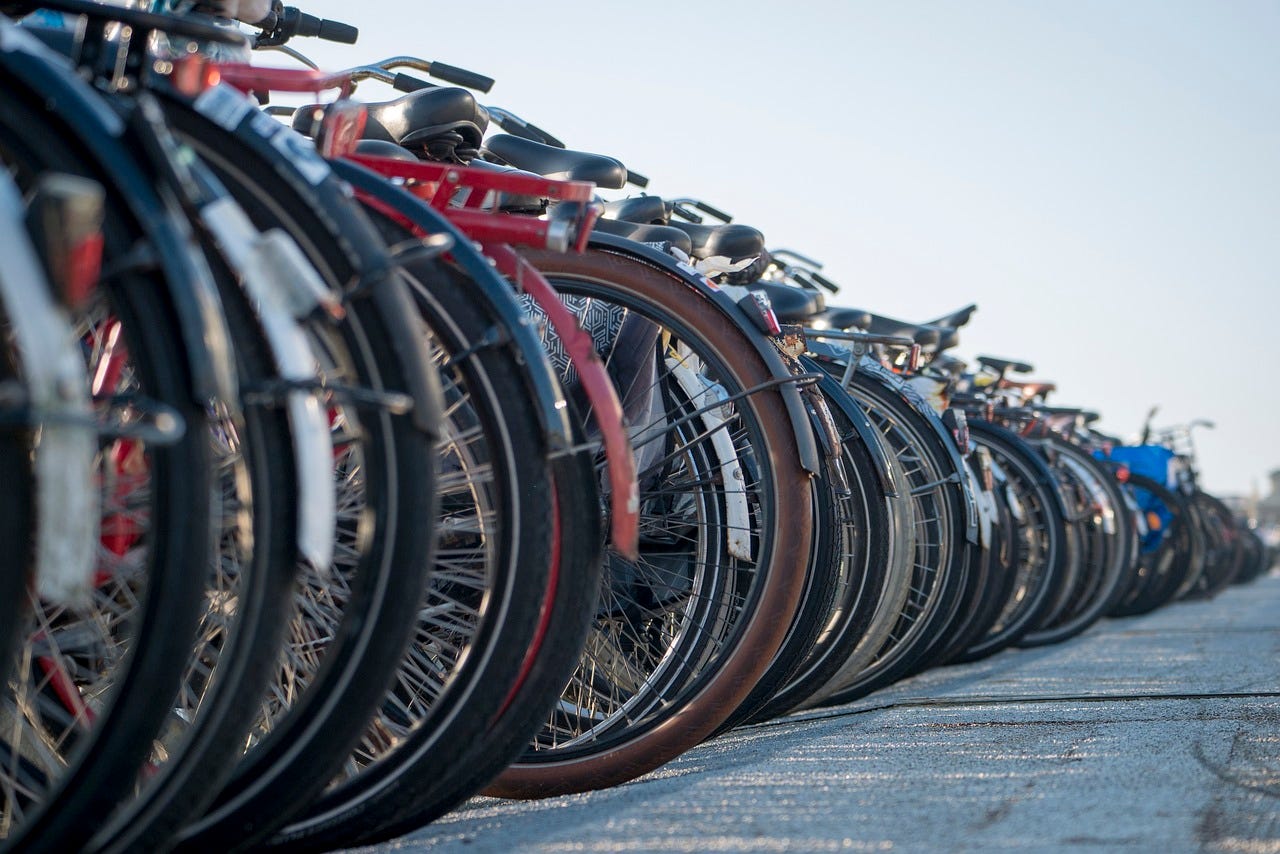Municipalities Will Introduce Biking Speed Limits—Groningen May Soon Follow
National plan to reduce cycling accidents will introduce local speed limit trials starting 2026
In an effort to reduce the rising number of cycling accidents, the Dutch government has announced that municipalities will be allowed to experiment with speed limits for bicycles starting in 2026. While Groningen has not yet made any official moves, its ongoing mobility plans suggest it could be among the cities to follow.
The proposal is part of the newly unveiled Bicycle Safety Plan 2025–2029, which aims to address alarming statistics: in 2023, 270 cyclists were killed in traffic accidents — the highest among all road users — and more than 70,000 cyclists ended up in emergency rooms, many with serious injuries. A significant factor is the growing mix of fast-moving e-bikes, cargo bikes, and fat bikes sharing narrow paths with traditional cyclists.
Speed Differences Pose a Safety Risk
The Ministry of Infrastructure, under caretaker Minister Robert Tieman (BBB), wants to reduce “the mass and speed differences on cycle paths.” While no nationwide speed cap has been set, 20 to 25 kilometres per hour is being suggested by traffic experts for built-up areas. Municipalities will be able to test both mandatory and advisory speed limits, as well as explore moving electric cargo bikes used for deliveries off bike lanes and onto roads.
In Amsterdam, where a 20 km/h cap has long been proposed, the local government and Fietsersbond (Cyclists' Union) have already shown strong interest. Groningen, known for its ambitious cycling policies, may be a likely candidate to join the trials once regulations allow.
Groningen's Approach to Safer Cycling
Although Groningen hasn’t publicly confirmed a bike speed limit trial, it has taken clear steps in the same direction. The city is working to reduce urban speed limits from 50 to 30 km/h under its “Doorwaadbare Stad” traffic plan, aiming to calm traffic and give more space to pedestrians and cyclists.
At the same time, Groningen continues to invest in improved cycling infrastructure. The municipality has committed to widening bike lanes, redesigning intersections, and promoting traffic safety through campaigns and street redesign — all of which reflect the goals of the national plan.
Ageing Cyclists, E-Bikes, and Helmets
Nationally, the plan allocates €50 million over the next few years. In addition to speed trials, it includes balance training for older cyclists, a “Safe Bicycle Choice” guide, and behavioural campaigns against phone use and bike tuning. Notably, helmet use — currently just 4% — is also being promoted, with a goal of reaching 25% voluntary usage within a decade.
The government has backed away from its earlier ambition to halve road deaths by 2030, acknowledging it as unrealistic. The new goal is more modest: to gradually lower cycling injuries and deaths, supported by better data collection and focused policy tools.
Will Groningen Join the Trials?
Groningen has long been a national leader in cycling policy, and although no formal announcement has been made about joining the speed limit experiments, it seems more a question of 'when' than 'if'. As trials roll out in 2026, Groningen’s existing policies, infrastructure goals, and safety focus make it a strong candidate to participate.





